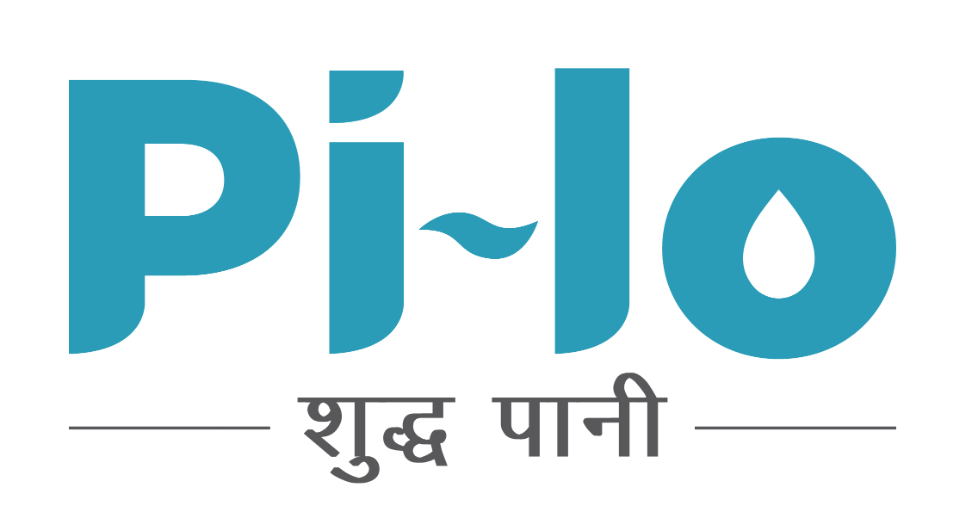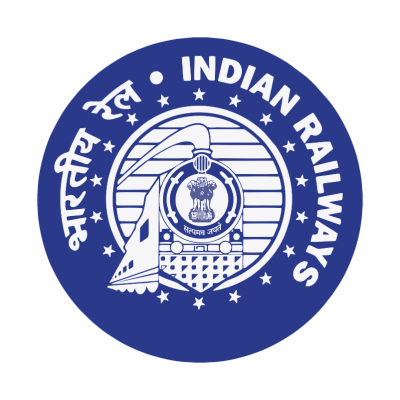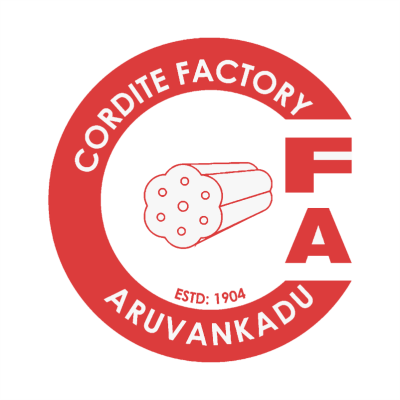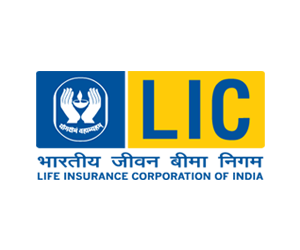Sewage Treatment Plants
Cutting-Edge Purification Systems
PMTR Technology
PMTR stands for Portable Magnetized Treatment Reactor
The technology aims at providing crystal clear treated used water which can be reused for several purposes like feeding to cooling towers and boilers, horticulture, cleaning, flushing, etc. Waste Water Treatment Recycling Plant designed on PMTR technology are compact, safe, free from odour and scalable to meet any capacity.
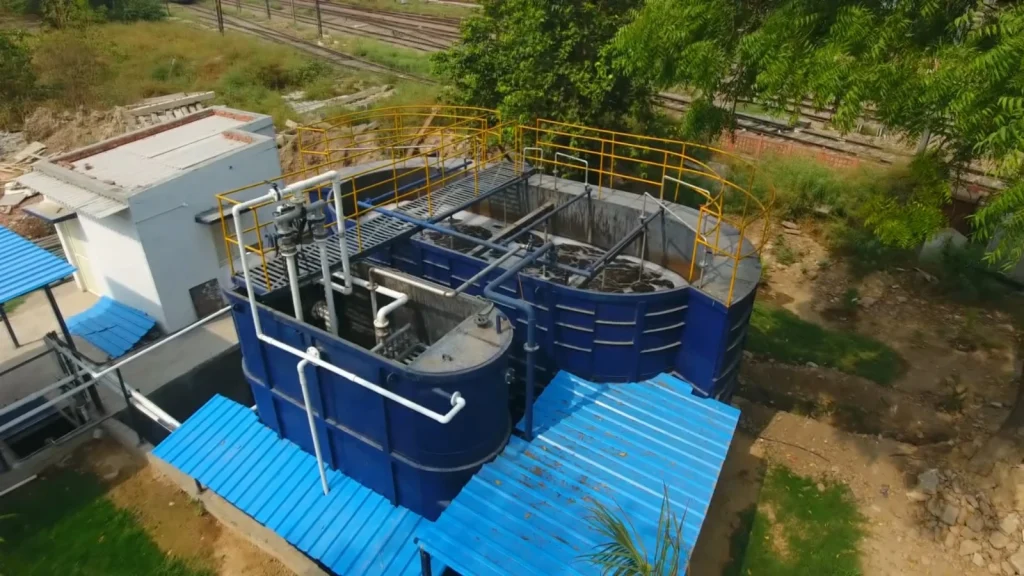
Key features and benefits of PMTR technology

Savings in Power
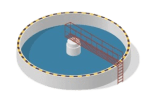
Savings in Area

Significant Savings

Anaerobic Digestor

Savings Per Year

Potable Quality of Water

Biodiversity Park

Sludge Generation
Common applications of Pi-Lo PMTR-Based STPs
Redefining Wastewater Treatment with Sustainable Innovation

Sewage treatment plants
PMTR systems can be used to treat municipal wastewater, reducing the pollution load on water bodies.

Industrial wastewater treatment

Medical wastewater treatment
Key Features of Pi-Lo PMTR-Based STPs
Compact, Cost-Effective, and Eco-Friendly Wastewater Management Solutions
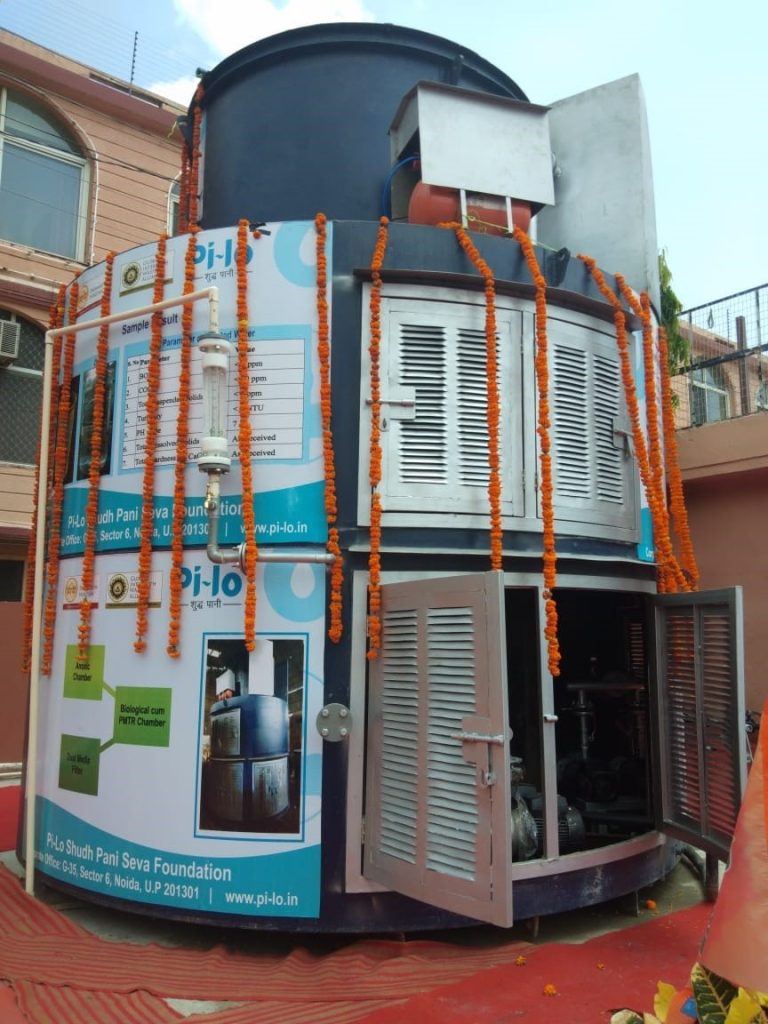
Compact Design
Requires minimal space for installation, making it ideal for areas with limited land availability.
Compact Design
Requires minimal space for installation, making it ideal for areas with limited land availability.
Cost-Effective
Designed to be highly affordable without compromising on performance or quality.
Cost-Effective
Designed to be highly affordable without compromising on performance or quality.
Eco-Friendly Solution
Contributes to water conservation and promotes sustainable wastewater management.
Eco-Friendly Solution
Contributes to water conservation and promotes sustainable wastewater management.
Scalable and Customizable
Can be tailored to meet the specific needs of residential, commercial, or industrial setups
Scalable and Customizable
Can be tailored to meet the specific needs of residential, commercial, or industrial setups
Characteristics of Pi-Lo PMTR-Based STPs
Advancing Water Treatment with Accuracy and Efficiency
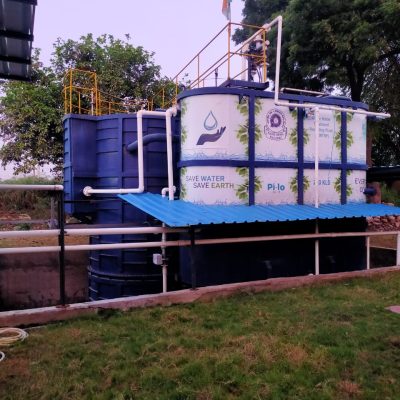
- Plug and Play packaged system Automatic fine brush screen
- Hollow fibre PMTR module
- 0.01 μm PMTR membrane
- Automatic cyclic membrane backwash and CIP system
- Proven Design
- Fully plant tested
- Compact and easy to transport
- UV Disinfection
- Monitoring System with remote telemetry
PMTR Technology, when integrated into Zero Liquid Discharge (ZLD) Plants, achieves an impressive 96% water recovery through RO (Reverse Osmosis)
Plant Capacities Tailored to Your Needs
Versatile Plant Capacities and Customizable Solutions for Every Requirement
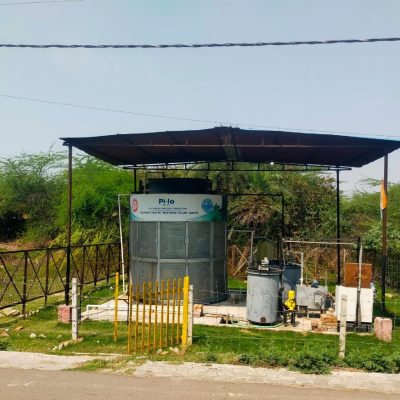
- 50 KLD: Ideal for small-scale setups such as residential complexes or small industries.
- 100 KLD: Perfect for mid-sized commercial establishments and medium industries.
- 150 KLD – 300 KLD: Suitable for larger residential townships, hotels, hospitals, and industrial facilities.
- 500 KLD and Beyond: Designed for large-scale industrial operations, municipal systems, and expansive infrastructure projects.
Fully Customizable Solutions
Our systems are designed with flexibility in mind. We offer customization options to adapt to unique site conditions and specific project needs, ensuring optimal performance and efficiency.
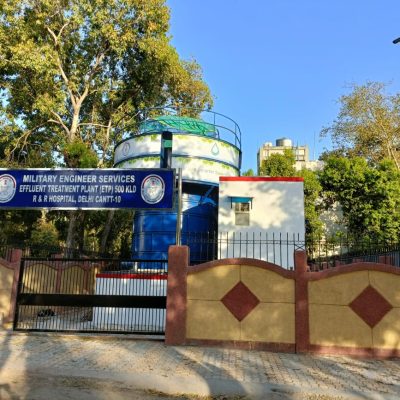
500 KLD
R&R Hospital Delhi Cantt-10
R&R Hospital Delhi Cantt, Delhi
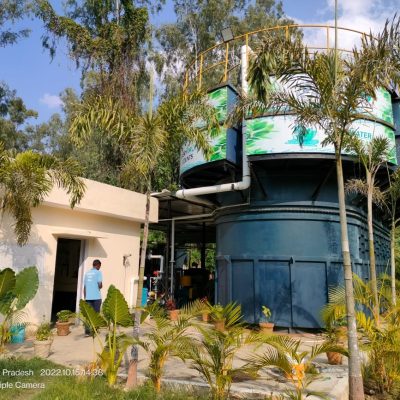
500 KLD
RVNL (Rail Vikas Nigam Limited)
Washing Line Railway Station Varanasi Junction, Varanasi (U.P)
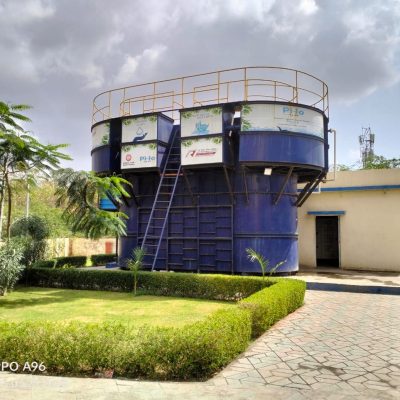
300 KLD
RVNL (Rail Vikas Nigam Limited)
Railway Colony, Gandhidham, Gujrat
Advantages of PMTR
over Traditional Treatment Methodologies
- Water Quality
- Reduction in Fresh Water Consumption & Water Bills
- Reduced Power Load and Electricity Consumption
- Lower Operations & Maintenance Costs
- Installation & Commissioning Time
- Development of a Biodiversity Park
- Sludge Generation
In special cases for High COD effluent, an Anaerobic Digestor is designed as a part of the plant which generates electricity on the regular plant operations thereby resulting in additional savings by almost 30% on power consumption.
Unlike conventional technologies, PMTR is designed on a decentralized model where waste water is treated at the source. It can fit in less than 25% area of a standard conventional treatment plant at park, parking area, basement, near a play area of a residential society, thereby reducing the need of identifying dark areas for setting up the plant.
